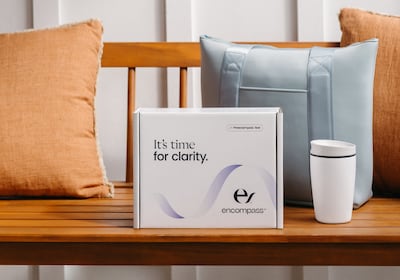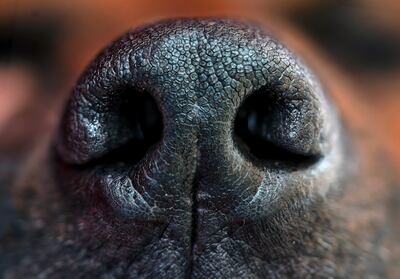Toronto-based NuraLogix Corp. will demo its machine-learning models that can predict an individual’s risk for pre-diabetes with a simple 30-second video selfie using a smartphone at the HLTH conference in Las Vegas.
The fifth annual mega health tech conference, which takes place from 13-16 January, is expected to draw more than
Read the full article – start your free trial today!
Join thousands of industry professionals who rely on Medtech Insight for daily insights
- Start your 7-day free trial
- Explore trusted news, analysis, and insights
- Access comprehensive global coverage
- Enjoy instant access – no credit card required
Already a subscriber?








